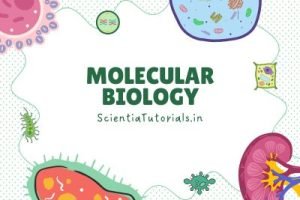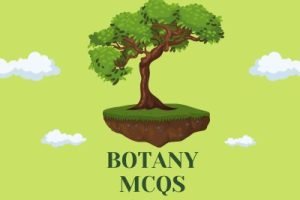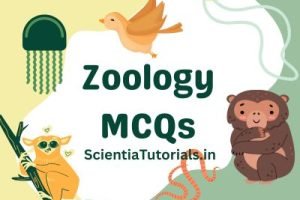MCQs on Animal Physiology
MCQs on Animal Physiology
1. Where are histamine-secreting cells found?
a. Nervous tissue
b. Connective tissue
c. Areolar tissue
d. None of the above
2. What is collagen?
a. Fat
b. Protein
c. Carbohydrate
d. None of the above
3. Where are Haversian canals found?
a. Humerus
b. Medula
c. Vili
d. None of the above
4. Open vascular system is usually found in _________
a. Crabs
b. Monkeys
c. Crows
d. Humans
5. Which of the following is an amniote?
a. Leaf green tree frog
b. Japanese giant salamander
c. Crow
d. None of the above
6. An example of a tetrapod is
a. Flesh fly
b. Blue-ringed octopus
c. Hummingbird
d. Tarantula
7. One of the following animals is not a tetrapod.
a. Snake
b. Cow
c. Mantis shrimp
d. Humans
8. _________ are modern-day descends of theropod dinosaurs.
a. Birds
b. Lions
c. Panther
d. Bears
9. ___________use book lungs to breathe
a. Earthworms
b. Scorpions
c. Fish
d. None of the above
10. Typically, spiders’ blood is blue due to the presence of _________
a. haemoglobin
b. hemerythrin
c. Haemocyanin
d. None of the above
11. Humans have ____ bones in the vertebrate column
a. 52
b. 33
c. 32
d. 53
12. What are osteocytes?
a. A type of white blood cell
b. A type of bone cell
c. A type of brain cell
d. None of the above
13. Which is the largest cell in the human body?
a. Macrophage
b. Ovum
c. Granule cell
d. None of the above
14. Which among the following is a diploblastic organism?
a. Hydra
b. Crabs
c. Squid
d. Earthworm
15. The dental formula for an adult human is
a. 2123/2123
b. 2133/2133
c. 2103/2103
d. 0123/0123
Answer Key
| 1 | b |
| 2 | b |
| 3 | a |
| 4 | a |
| 5 | c |
| 6 | c |
| 7 | c |
| 8 | a |
| 9 | b |
| 10 | c |
| 11 | b |
| 12 | b |
| 13 | b |
| 14 | a |
| 15 | a |



